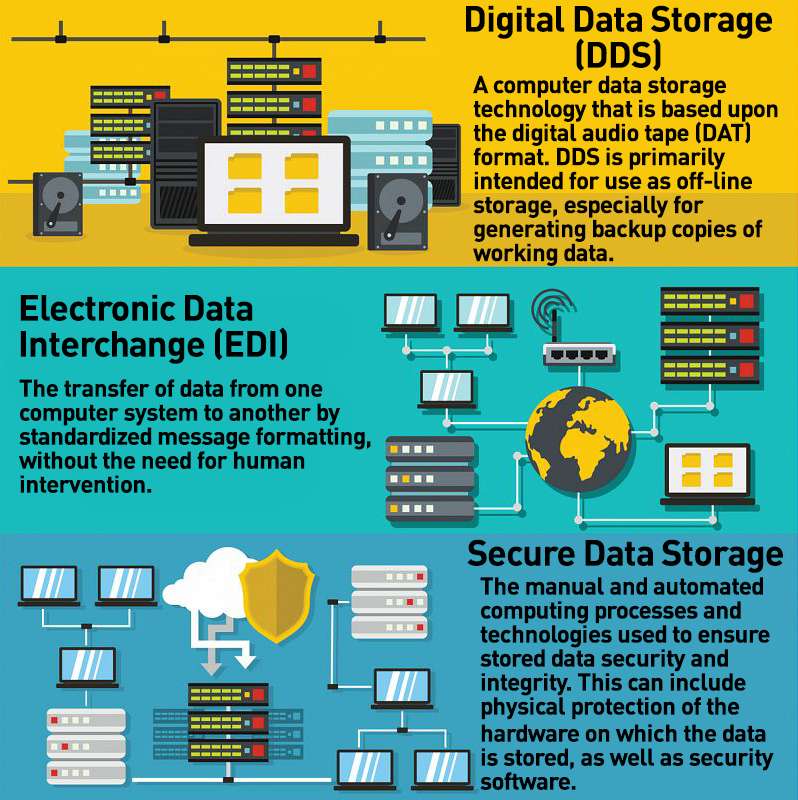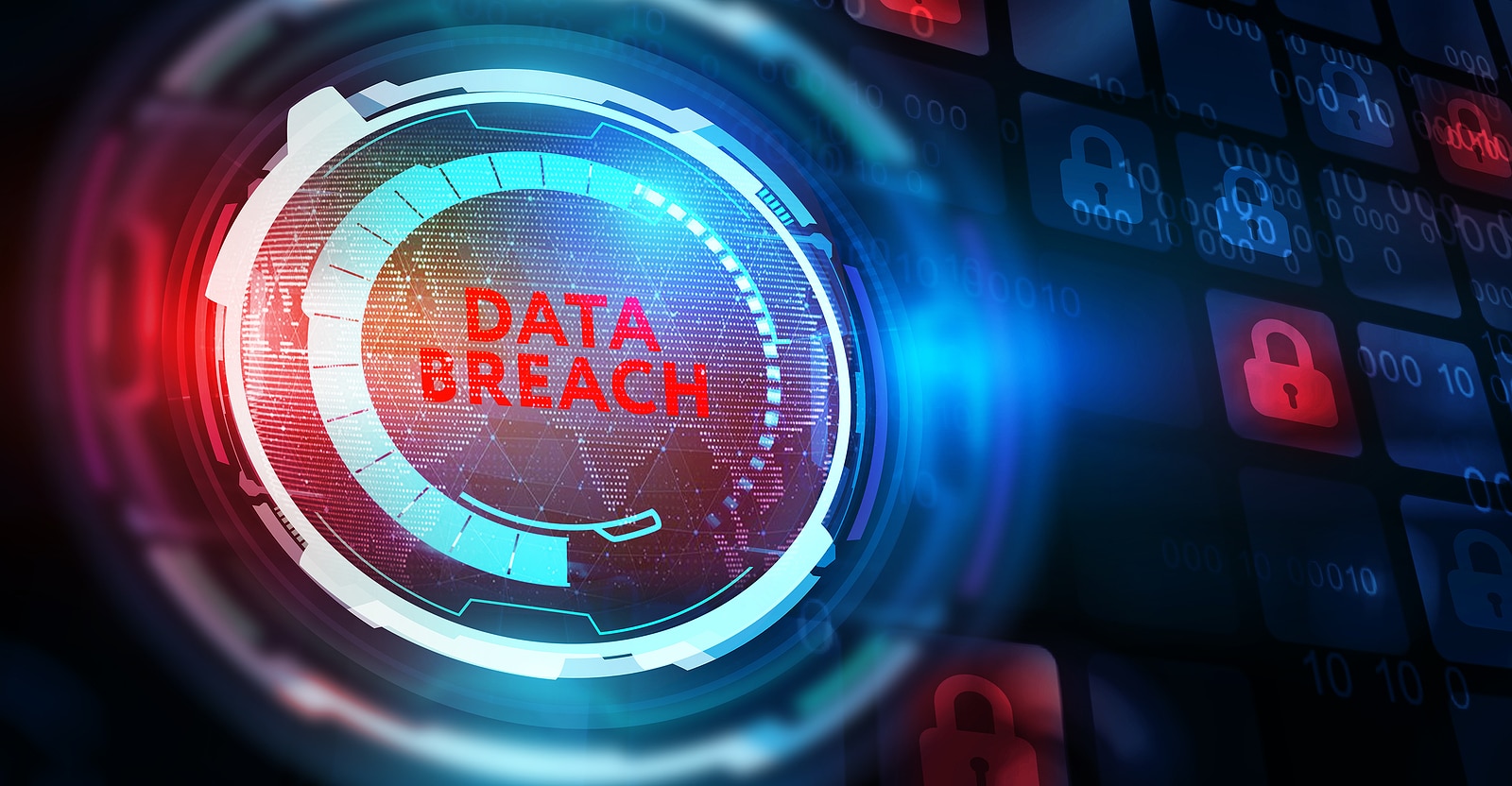Necessary Cyber Security Practices for Effective Data Destruction Methods
Necessary Cyber Security Practices for Effective Data Destruction Methods
Blog Article
The Importance of Effective Data Devastation Practices in Shielding Sensitive Information and Ensuring Computer Safety
In an era where information violations are progressively typical, the importance of effective data destruction practices can not be overemphasized. Organizations face considerable dangers when delicate info is inadequately thrown away, potentially bring about unauthorized gain access to and serious monetary consequences. Carrying out robust data devastation approaches not just reduces these risks however likewise straightens with legal conformity needs, making sure that organizations copyright their reputation and foster client trust fund. The question remains: what certain approaches can be utilized to enhance these practices, and just how can companies efficiently integrate them into their overall cybersecurity structure?
Recognizing Information Destruction
Recognizing information damage is essential in today's electronic landscape, where delicate details can easily be compromised. Effective data damage involves not simply ensuring yet removing documents that data is irretrievable via thorough methods. This process is crucial for companies that deal with confidential customer info, intellectual building, or inner documents, as any breach can bring about extreme financial and reputational effects.
Data devastation encompasses numerous techniques, consisting of shredding physical media, degaussing magnetic storage tools, and utilizing software-based remedies that overwrite data several times. Each method serves a certain function and has to align with the level of sensitivity of the information being gotten rid of. For example, physical destruction is usually preferred for tough drives consisting of very confidential information, while software application approaches might suffice for less sensitive details.
Furthermore, adhering to market requirements and regulations, such as the General Information Defense Law (GDPR) or the Medical Insurance Transportability and Accountability Act (HIPAA), is important for conformity and to minimize lawful threats. Organizations has to create a robust data destruction plan, train staff members on ideal practices, and routinely investigate their procedures to guarantee that all delicate details is taken care of securely and successfully.
Dangers of Inadequate Practices
Inadequate information devastation practices reveal companies to considerable risks that can have far-ranging repercussions. When delicate information is not correctly disposed of, it remains at risk to unauthorized access, which can cause data violations and identity burglary. Such incidents not just compromise the protection of people however also taint the organization's track record, resulting in a loss of consumer depend on and possible financial repercussions.
Additionally, regulative compliance is increasingly rigorous in numerous industries. Failure to abide by data devastation guidelines can lead to significant penalties and lawsuits against organizations. These penalties can draw away and strain monetary resources attention from core business operations.
Furthermore, the abuse of recurring data can result in copyright burglary or business espionage, endangering affordable advantages (data destruction). The influence of poor information devastation expands past instant economic losses; it can additionally result in lasting damages to brand name integrity and market position

Organizations have to recognize that data security is not entirely concerning protecting against breaches; it additionally encompasses the liable management of data throughout its lifecycle. Neglecting efficient information destruction protocols can have catastrophic implications, emphasizing the requirement for durable actions to minimize these dangers.
Finest Practices for Data Destruction
Implementing effective information damage methods is necessary for securing delicate details and keeping conformity with governing standards. Organizations should take on a multi-faceted approach to ensure that information is irretrievable, thereby stopping unapproved gain access to and possible violations.
First, data should be classified based upon level of sensitivity, allowing organizations to apply appropriate damage techniques customized to the level of danger. For digital information, using software-based data-wiping tools that adhere to industry requirements can properly overwrite existing information. Physical destruction methods, such as shredding or degaussing, are essential for devices that keep sensitive info, making certain complete eradication.
Developing a clear information retention plan is important, detailing for how long different sorts of info should be preserved before destruction. Normal audits of data storage space systems are likewise needed to identify obsolete or unneeded information needing elimination.
Moreover, training workers on the relevance of data destruction and the certain protocols to adhere to fosters a culture of security within the company. Lastly, maintaining documentation of data damage refines gives responsibility and sustains conformity with inner plans and outside regulations. By sticking to these finest practices, organizations can substantially alleviate the threats connected with data exposure.
Legal and Compliance Considerations

Failing to conform with these guidelines can result in severe charges, consisting of substantial penalties and reputational damage. Organizations has to execute a durable data destruction plan that straightens with these lawful structures and offers clear standards on the proper methods of data disposal, whether physical shredding or electronic wiping.
Additionally, preserving documentation of information devastation tasks is essential for demonstrating compliance during audits or evaluations. By prioritizing lawful and a knockout post conformity factors to consider, companies can boost their information protection stance and foster trust with customers and stakeholders, ultimately adding to a more safe data administration atmosphere.
Benefits of Effective Information Damage
Effective information damage techniques prolong beyond plain compliance; they provide significant benefits to companies that prioritize them. By making certain that delicate details is irretrievably destroyed, companies reduce the risk of information breaches and the potential financial effects connected with them. This proactive technique not just safeguards versus unauthorized accessibility yet likewise boosts the overall trustworthiness of the company in the eyes of stakeholders and customers.
Executing durable information destruction approaches, such as physical devastation of storage space devices or advanced data cleaning methods, adds to the fortifying of a company's cybersecurity pose. data destruction. It lowers the chance of copyright burglary and shields proprietary info, therefore maintaining an one-upmanship in the marketplace

Conclusion
In verdict, effective information devastation techniques are crucial for securing delicate information and improving total computer safety and security. Ultimately, a dedication to durable information destruction approaches fosters a culture of obligation, thereby enhancing a company's cybersecurity position and keeping customer trust.

Report this page